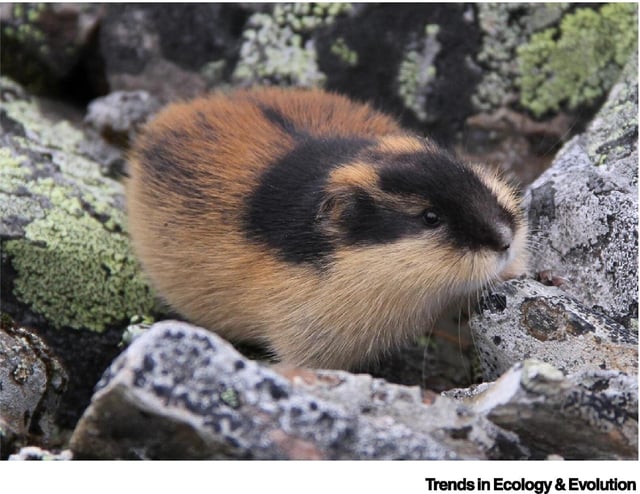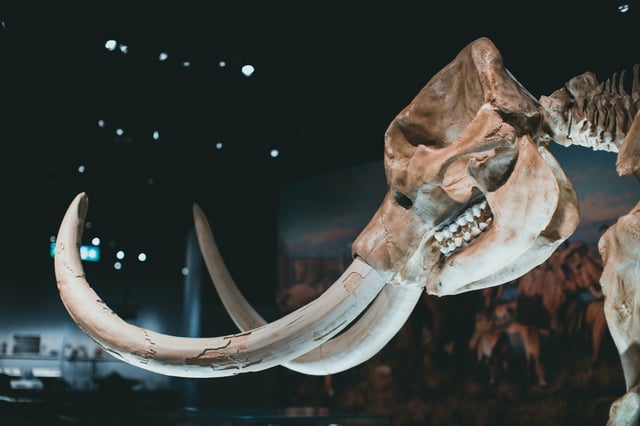Overview
- Cold-adapted species first emerged 2.6 million years ago during the formation of permanent polar ice caps, creating new ecological niches.
- A second wave of evolutionary specialization occurred around 700,000 years ago as glacial cycles intensified, giving rise to species like the woolly mammoth.
- True lemmings and reindeer evolved in Arctic habitats 1–2 million years ago, while polar bears and arctic foxes colonized from southern regions within the last 700,000 years.
- The woolly rhinoceros originated in steppe grasslands south of ice sheets, with fossil evidence pointing to the Tibetan Plateau as its evolutionary cradle.
- The study underscores the vulnerability of cold-adapted species to climate change and calls for conservation strategies informed by deep-time evolutionary insights.

